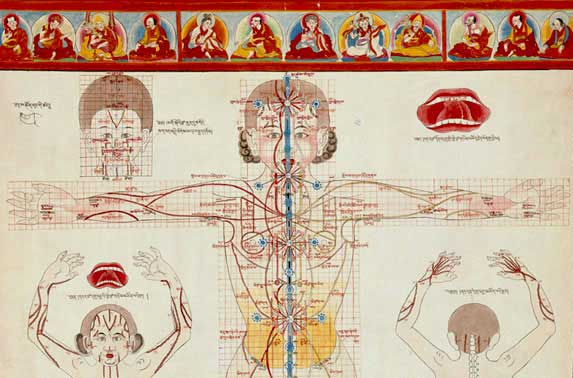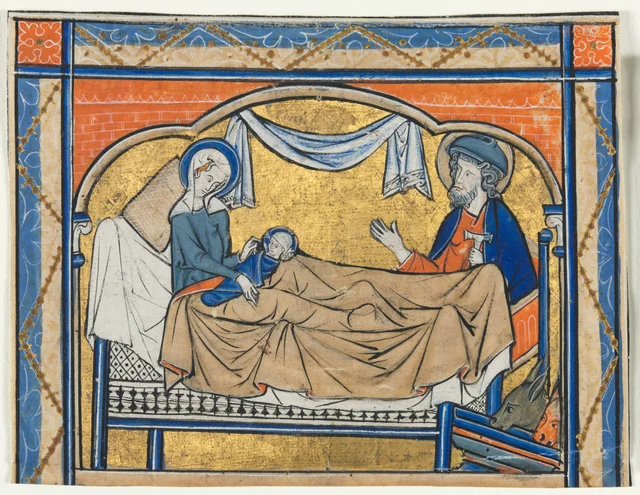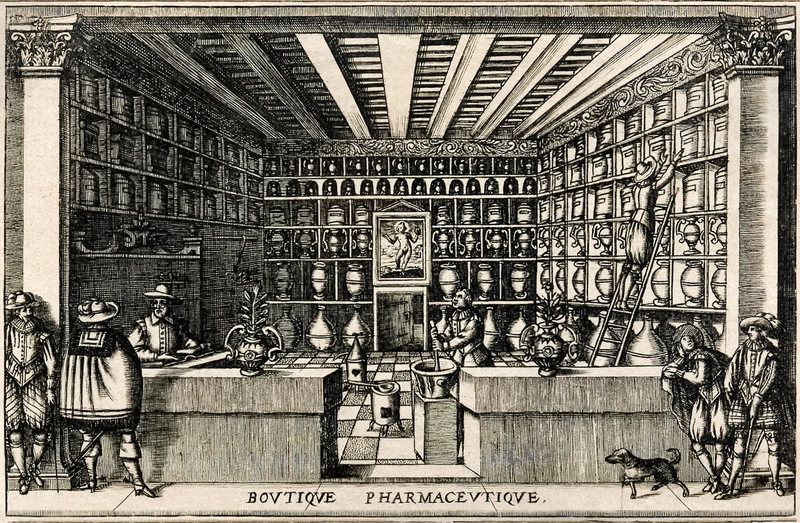Natural products and traditional medicines hold significant value. Forms of medicine like traditional Chinese medicine, Ayurveda, Unani and Traditional African Herbal Medicine have not only been practiced in various regions of the world but have also evolved into well-regulated medicinal systems.
Ancient Civilizations
The study of herbs in Mesopotamia is documented in writings that date back more than 5,000 years, attributed to the Sumerians. They produced clay tablets that catalogued hundreds of medicinal plants such as Myrrh and Opium.
Egyptian texts such as the Papyrus Ebers serve to illuminate and relieve some of the conjecture surrounding ancient herbal practices. The Papyrus consists of lists of ailments and their treatments, ranging from “Disease of the Limbs” to “Diseases of the Skin” and has information on over 850 plant medicines, including Garlic, Juniper, Cannabis, Castor bean, Aloe, and Mandrake.
In India, Ayurveda medicine has used many herbs such as Turmeric possibly as early as 1,000 BC. Earliest Sanskrit writings such as the Rig Veda, and Atharva Veda are some of the earliest available documents detailing the medical knowledge that formed the basis of the Ayurveda system.

The mythological Chinese emperor Shennong is said to have written the first Chinese pharmacopoeia, the “Shennong Ben Cao Jing”. The “Shennong Ben Cao Jing” lists 365 medicinal plants and their uses -including Ephedra (the shrub that introduced the drug ephedrine to modern medicine), Hemp, and Chaulmoogra (one of the first effective treatments for leprosy).
The Hippocratic Corpus serves as a collection of texts that are associated with the ‘Father of Western Medicine’, Hippocrates of Kos. The ingredients mentioned in the Corpus consist of a myriad of herbs, both local to Greece and imported from exotic locales such as Arabia. While many imported goods would have been too expensive for common household use, some of the suggested ingredients include the more common and cheaper Elderberries and St. John’s Wort.
Galen of Pergamon, a Greek physician practicing in Rome, wrote many texts regarding herbs and their properties, most notably his Works of Therapeutics. In this text, Galen outlines the merging of each discipline within medicine that combine to restore health and prevent disease. While the subject of therapeutics encompasses a wide array of topics, Galen’s extensive work in the humors and four basic qualities helped pharmacists to better calibrate their remedies for the individual person and their unique symptoms.
The Middle Ages
Benedictine monasteries were the primary source of medical knowledge in Europe and England during the Early Middle Ages. However, most of these monastic scholars’ efforts were focused on translating and copying ancient Greco-Roman and Arabic works, rather than creating substantial new information and practices. Many Greek and Roman writings on medicine, as on other subjects, were preserved by hand copying of manuscripts in monasteries. The monasteries thus tended to become local centers of medical knowledge, and their herb gardens provided the raw materials for simple treatment of common disorders.

In the 16th and 17th century an interest in botany revived in Europe and spread to America by way of European conquest and colonization. Philosophers started to act as herbalists and academic professors studied plants with great depth. Herbalists began to explore the use of plants for both medicinal purposes and agricultural uses. Botanists in the Middle Ages were known as herbalists; they collected, grew, dried, stored, and sketched plants. Many became experts in identifying and describing plants according to their morphology and habitats, as well as their usefulness. These books, called herbals included beautiful drawings and paintings of plants as well as their uses.
17th and 18th Century
By the 17th century knowledge of herbal medicine was widely spread throughout Europe and in 1649 Nicholas Culpeper wrote his famous pharmacopoeia which was one of the first medical manuals intended for the use of the lay person, and is still widely quoted from today.

In the 18th century a Swedish botanist name Carl von Linné (better known as Linnaeus) developed a naming system giving a unique Latin name to every known species. This classification became very useful to botanists and herbalists alike.
20th and 21rst Century
Modern medicine from the 19th century to today has been based on evidence gathered using the scientific method. Pharmacologists have developed techniques to identify, isolate, extract, and synthesize individual components from plants to harness their active properties.

In developing new drugs, the pharmaceutical industry has tended to adopt high-throughput synthesis and combinatorial chemistry-based drug development since the 1980s; however, the considerable efforts made in this direction have not resulted in the expected drug productivity. The development of new drugs relying purely on modern technology appears to be reaching something of a limit.
Some large pharmaceutical companies are facing great challenges to develop new products. Over the past dozen years, increasing attention has accordingly been paid to natural products in the search for novel drugs in combination with new technology, such as high-throughput selection. Haidan Yuan 2016
Back to Jiwu Garab